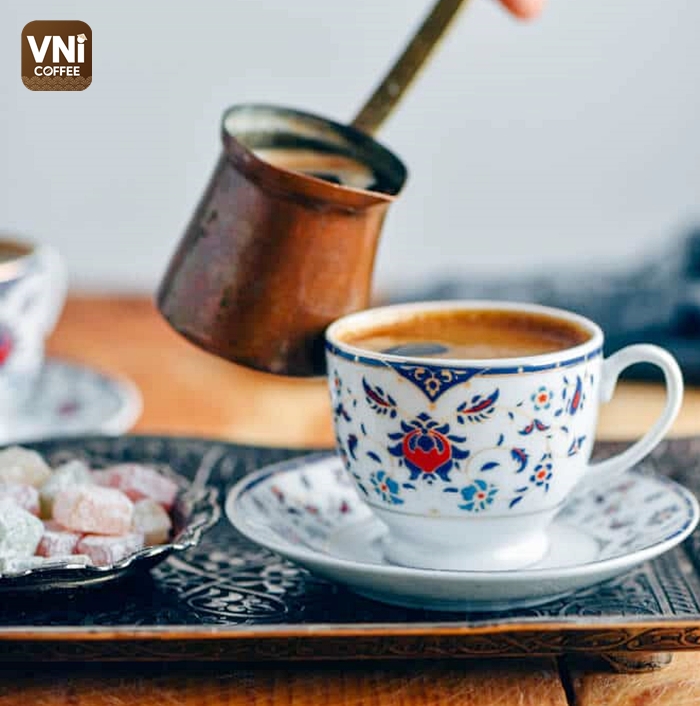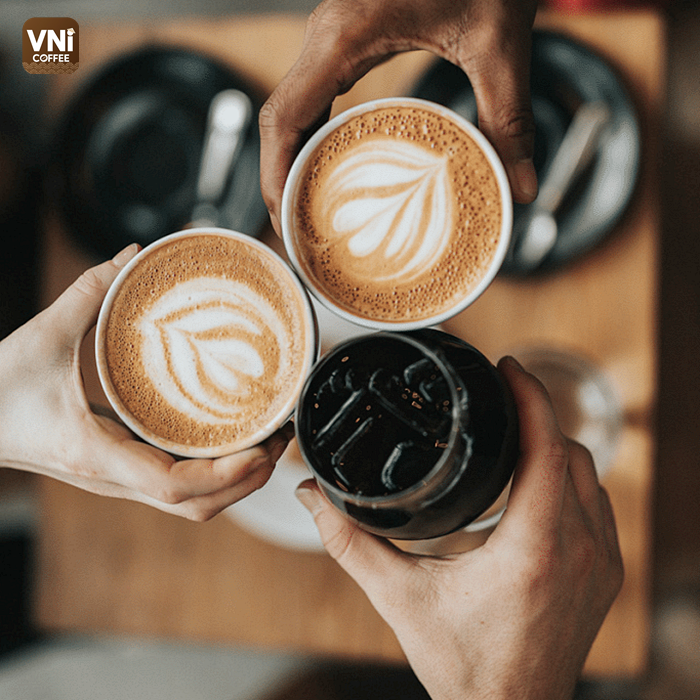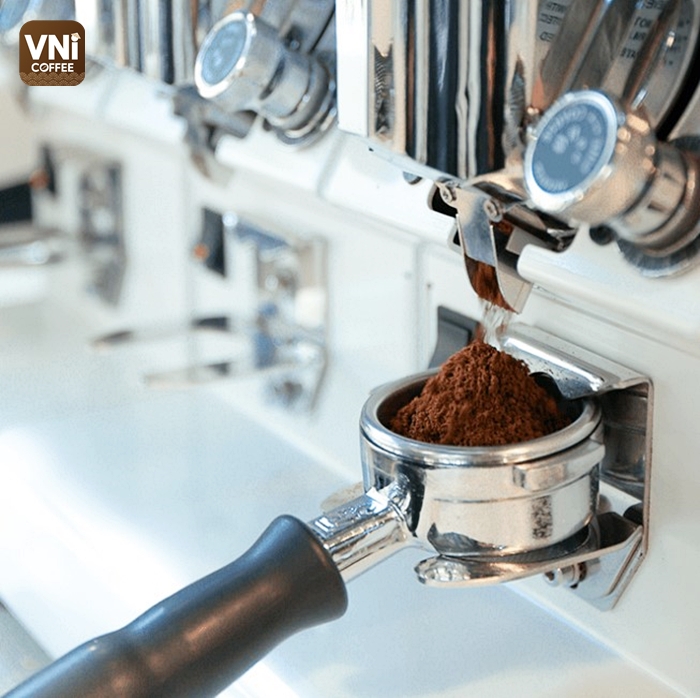
A glimpse of how Persian coffee culture changes from time to time
As one of the areas with the first coffee shops in the world, no surprise that Persian coffee culture has gone through different stages corresponding to the historical upheaval of the country; from the initial introduction in the 9th century, A.C to the most prosperous period during Safavid dynasty (16th century) among workers, artisans, and merchants; following that are the years of certain variations in the way Iranians brew and enjoy a coffee before this beverage loses its place to tea. And once again, the coffee drinking trend is rising with the third wave among young people in major Persian cities.
The appearance of Qahve Khaneh
Persian coffee culture dates back to the 9th century AD when the imams used the drink to keep them awake during overnight rituals. However, it was only until the Safavid dynasty in the 16th century that coffee became more popular when a famous pharmacist wrote a treatise on the properties of the drink, presenting it with one of the Safavid rulers.
Over the following period, coffee was imported by freighter across the Persian Gulf and Sea of Oman, and was the most popular beverage in the south of Persia. The ritual of drinking coffee is also used in vital events or to express hospitality.
The first coffee shops were originally called Qahve Khaneh, playing the role of a public place where people from all walks of life, mostly men, came to chat, entertain, and enjoy tea, coffee.
Guests will sit around on a rug and coffee is often brewed in the center of this room. The bearer of coffee is called Saqhi. The preparation begins with roasting the beans. The roasted beans are then ground in a mortar and then transferred to a coffee maker called a Dalleh. When the coffee is ready to serve, Saqhi pours the drink into small cups, holding Dalleh in the left hand and cup in the right hand. Saqhi often gently taps on Dalleh to make a sound, letting guests know that his coffee is ready. The drinker must hold the cup with their right hand and drink the coffee without putting the cup down. Coffee continues to be refilled when the cup is empty, if the customer does not want to drink anymore, they have to shake the cup to give Saqhi a signal.
The Qahve Khaneh upgraded to Ghanadi, or confectionery cafes
The coffee shops – qahve khaneh in Iran still developed strongly in later years after the Safavid, as well as gradually combined with selling various types of bakes and sweets, then these places were also known as ghanadi or confectionery cafes.
Coffee served at this stage was commonly black, thick, and strongly flavored in Turkish or Greek style. The Persians used to roast the coffee beans in a cast iron pot set in a brick oven. The pot was first filled with fine sand and heated; after that, coffee was added and continuously stirred with sand, ensuring even heat spread and retention of the aromatic oils in the beans. After roasting, the sand is sieved through a coarse filter to retain the coffee beans; then they are covered with a woolen cloth until completely cool.
After that, the beans will be finely ground in a stone mortar. The baristas would mix a teaspoon of coffee with hot water in a copper pot with a lid, and then incubate it over heating coals. When the coffee started to boil, they added two tablespoons of cold water to soften the oil’s effects and continued to heat the coffee over medium heat. Finally, pour into a small porcelain cup and serve it hot.
However, in the second half of the 17th century, under the influence of British and Russian conquests, tea gradually replaced coffee as the preferred drink in Persia.
The coffee drinking habit bounces back with the third wave
Although tea is still the most popular drink in Iran at the moment, coffee consumption in modern cafes is rapidly spreading in the major southern cities of Iran, especially the capital – Tehran, over the years.
Today, Persians come to a cafe not just to discuss the business of merchants or create art by artists like in the 16th century, but to do many other things – listen to music, read books, or work on laptops, etc.
Besides the predominance of instant coffee (up to 90%), the third wave, with the predominant consumption of Robusta and Arabica beans, is increasing again among young people. If they are easily attracted to coffee flavors of diverse brewing methods such as espresso, flat white, cappuccino, and cold brew, the older generation prefers coffee brewed in a more traditional style, i.e. the method using cezve and ibrik (the same as Turkish coffee).






